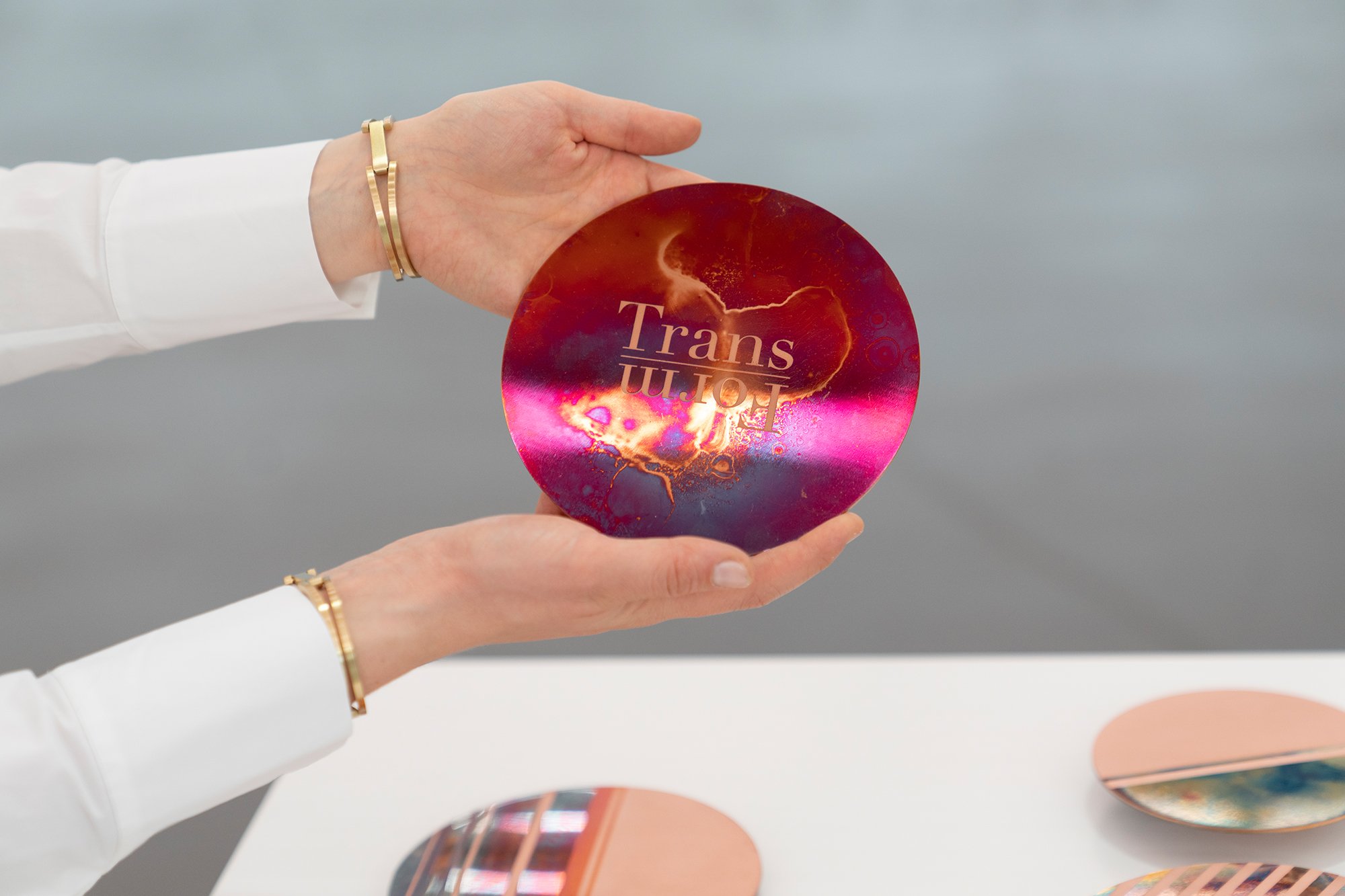Be introduced: Sina Haegele – Colour & Material Designer at Volvo Cars
We are back with another ‘be introduced’ interview – this time with Sina Haegele, Colour & Material Designer at Volvo Cars. Learn more about the career path of Sina, her studies and entry into the automotive industry, her job as a CMF Designer and what the latest trends are. Last but not least she shares her opinion with us on how CMF Design will look like in 2030.
What did you do for graduation / post graduation and what was your entry into the industry?
My introduction to the industry actually started before graduation. During my studies it was important to me to learn from different design studios. From learning about how to develop materials with suppliers in series production to contributing to highly innovative and advanced concepts at a concept design studio, I was able to understand the diverse role a CMF designer can play within the automotive industry. Ultimately I was very excited to have the opportunity to develop my graduation project in collaboration with Volvo. Here I created my thesis project TransForm, a study about material transformations. It’s about challenging how we see material change. TransForm explores truly sustainable material design solutions which consider the material’s properties and integrate the natural qualities of a sustainable material. Rather than modifying the material through environmentally harmful treatments or processes typically used to insure a stable visual appearance over time, TransForm‘s aim is to design in these changes to be visually appealing. I believe it’s more than just accepting visual change over time and irregularities in a surface, for me it’s much more a celebration of the unique look that is created by letting the natural properties show and designing in the material evolutions. I’ve documented this project, if you’re interested you can see all of the themes I explored on Instagram.


What is the job as a CMF Designer and what are the latest trends?
As a CMF designer we are creating the visual, tactile and sensorial experience for a brand, this can be as simple as developing the appropriate colours and materials for a product but it really is much more than that. It’s deciding how the material feels and looks all the way down to how it is sustainably sourced, produced and ultimately recycled.
All of this begins by identifying future trends through research and observation and collectively with the team creating an impulse for how these trends will translate 5 years from now.
A trend that enhanced during the last years is definitely the visual communication around sustainability. Working with environmentally friendly materials and processes has become very important, many brands are using the visual effects, that come from using recycled or natural materials to communicate sustainability. But there is much more to it than that, it goes even beyond what the customers sees and feels.
How do you think will CMF Design look like in 2030?
CMF design can get really specific in different industries and applications, it would be impossible to give a general answer that applies to the entire field.
But how the physical and digital worlds are blending together will have a big effect on CMF Design. The pandemic forced many creatives to communicate their ideas digitally, which was in many cases seamlessly adopted and became an everyday expectation. I believe in a few years the technology will be advanced enough to exceed today’s limitations and we will have huge creative freedom in the digital world. Where digital materials started with the idea to mimic the real world, we will turn around and have huge potential to create concepts that would have never been imaginable in our physical world. We will face challenges to deliver these almost surreal expectations that we’ve created digitally into our physical world. How we will take inspiration and translate it from one to the other will be very interesting.
Pictures: Clément Alliot & Thibaud Porcherot


